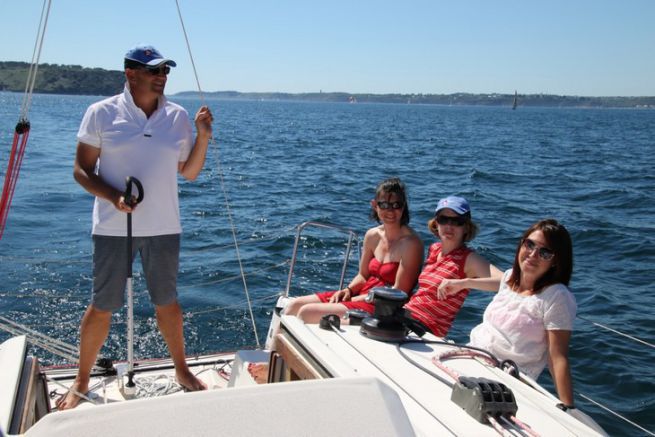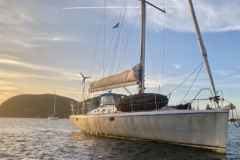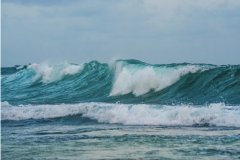At the time, ships were not as fast as they are today. This forced the sailors to spend long months at sea, in a confined and restricted space, far from their own, and in particular their wives. To avoid physical and emotional frustration and other tensions, women were therefore forbidden on board, under the pretext of bringing bad luck. They fuelled lusts, jealousies, passions and attempts at rape, while sowing discord among the crew members.
If it happened that a woman could be on board - only as a passenger - then she was responsible for all the misfortunes that happened on board and could be abused.
To alleviate all these inconveniences, it was suggested that the women on board were unlucky. Thus, we no longer sought to embark passengers. Superstition held up until the 18th century.
Women sailors
However, it turns out that according to the pirates-corsaires.com site, some women were ship captains. Even if it was difficult for them to be accepted, some nevertheless marked history by their heroic and violent acts, like Anne Bonny (née Cormac), and Mary Read, the two most famous.

In the same way, Jeanne Barret was the first woman to sail around the world, disguised as a sailor and borrowing the name"Jean Baré". Companion of botanist Philibert Commerson, she posed as her valet and embarked on an expedition led by Louis-Antoine de Bougainville in 1766.
A changing situation
The situation is no longer relevant and, moreover, the navy has more and more women on board. There are also many women who sail, especially in the professional world of ocean racing. Nevertheless, in some professional environments such as fishing, some crews still refuse to have a woman on board.

The world of ocean racing
In the world of ocean racing, there are women who have made history by their exploits. Everyone knows Florence Arthaud, Ellen Mc Arthur, Anne Caseneuve and Samantha Davies.
However, even if they prove themselves on their own or on female crews, they still have difficulty finding their places in a mixed crew. A 2012 article from around the world highlights the disparities between men and women. " Being able to live on board a boat for fifteen days, three weeks or a month in a small space can be more complicated for a mixed crew, because of promiscuity" explains Armel Le Cléac'h (Banque Populaire). Comments correlated by Franck Cammas, who only teamed up with men on the Volvo Ocean Race "because women lack physical strength. It's like asking why there is no woman in the French rugby team. It's a no-brainer. We are looking for powerful templates".

Still in everyday life, the sailor on the Figaro Banque Populaire Jeanne Grégoire explains that she had to give up crewed racing when she started in the trade "When I started out, I told myself that sailing alone was the only way for me to secure a place on board... or else I had to make a female crew. And that hasn't changed. Fortunately, I have met more welcoming male crews, but there are very few. The reasons are always the same: weight, at equal level a man necessarily brings a physical advantage, life in promiscuity during an ocean race... But if you ask all the known skippers if they'd mind taking a girl on board, they'll tell you no... But will they?"
Even if women are no longer bad luck today, they are still rare in the small world of water sports. A new rule in the Volvo Ocean Race aims to make crews more female by imposing quotas..
So what do you think? Are women on board welcome? What do they bring? Do not hesitate to share your opinion with us.







